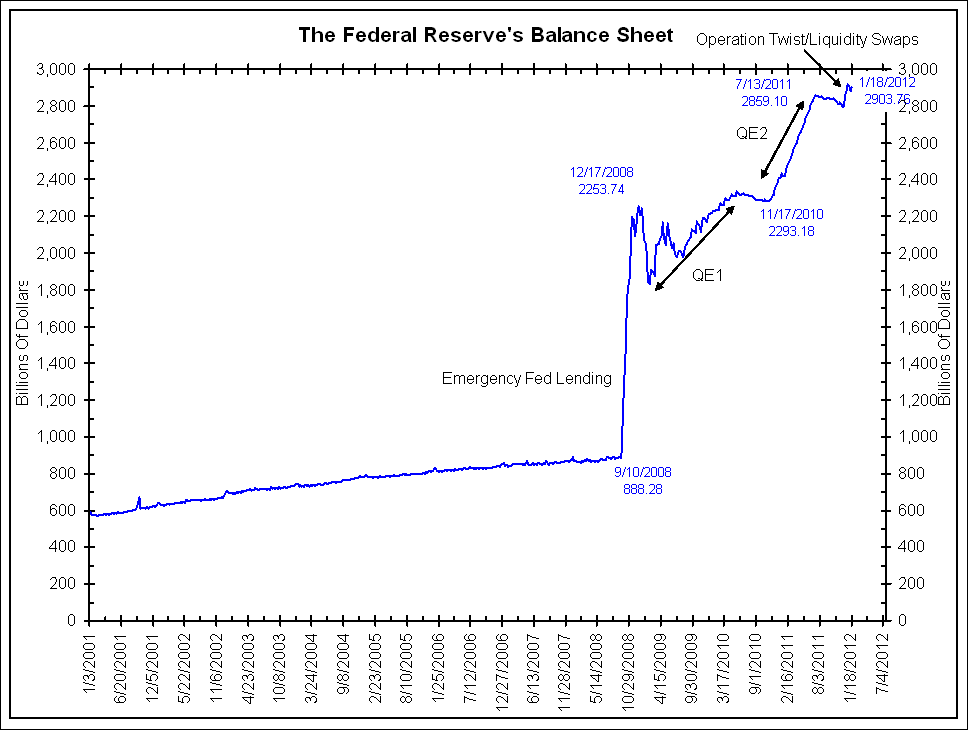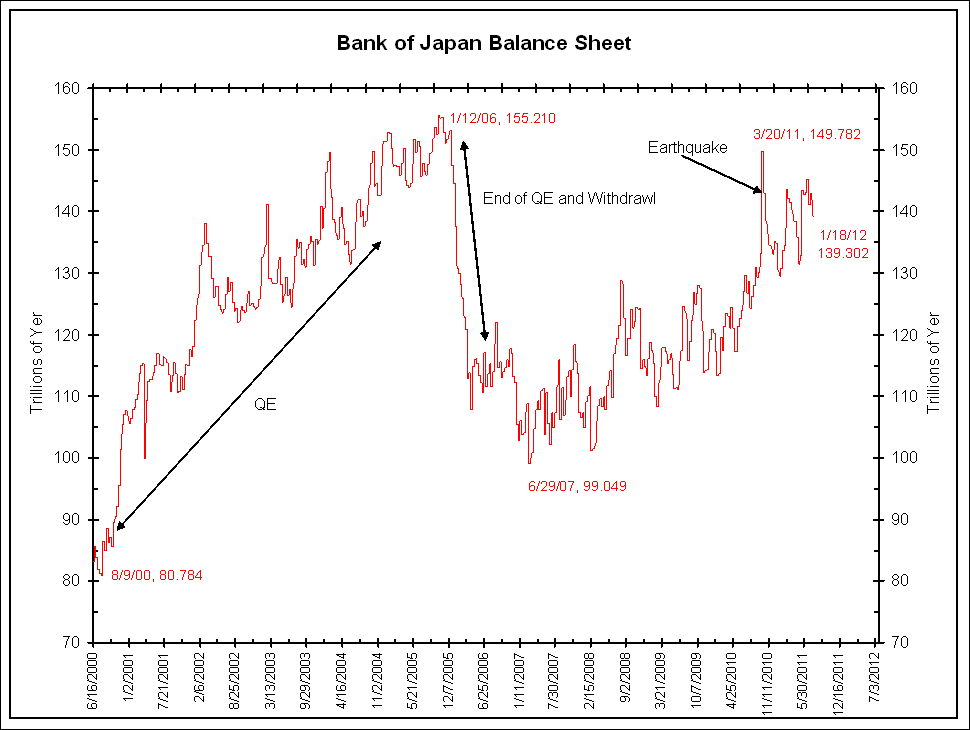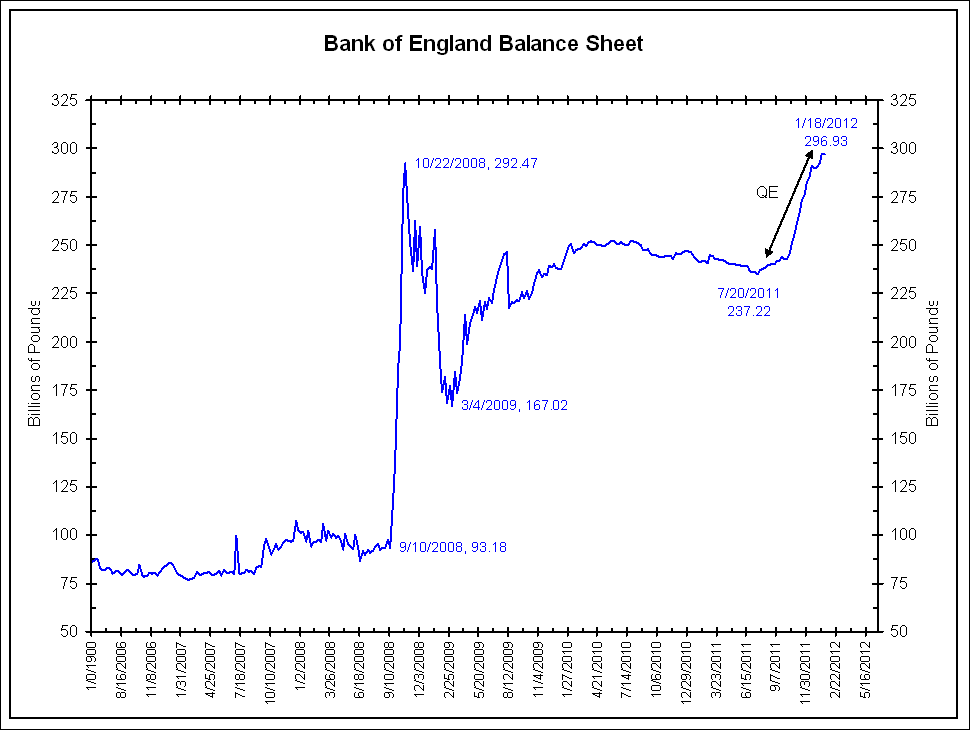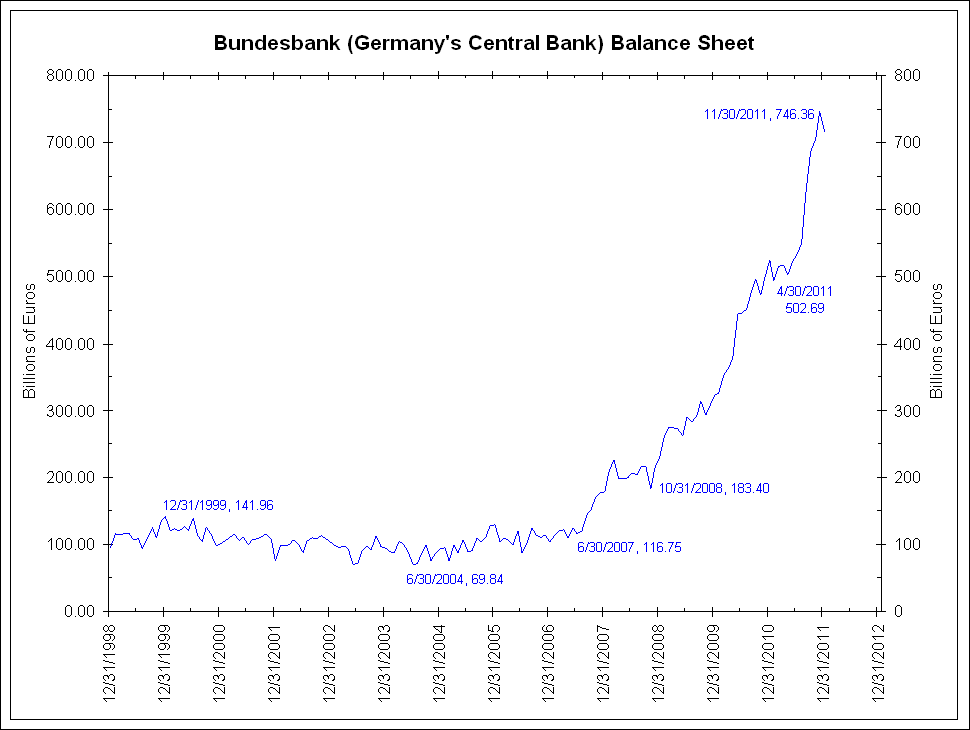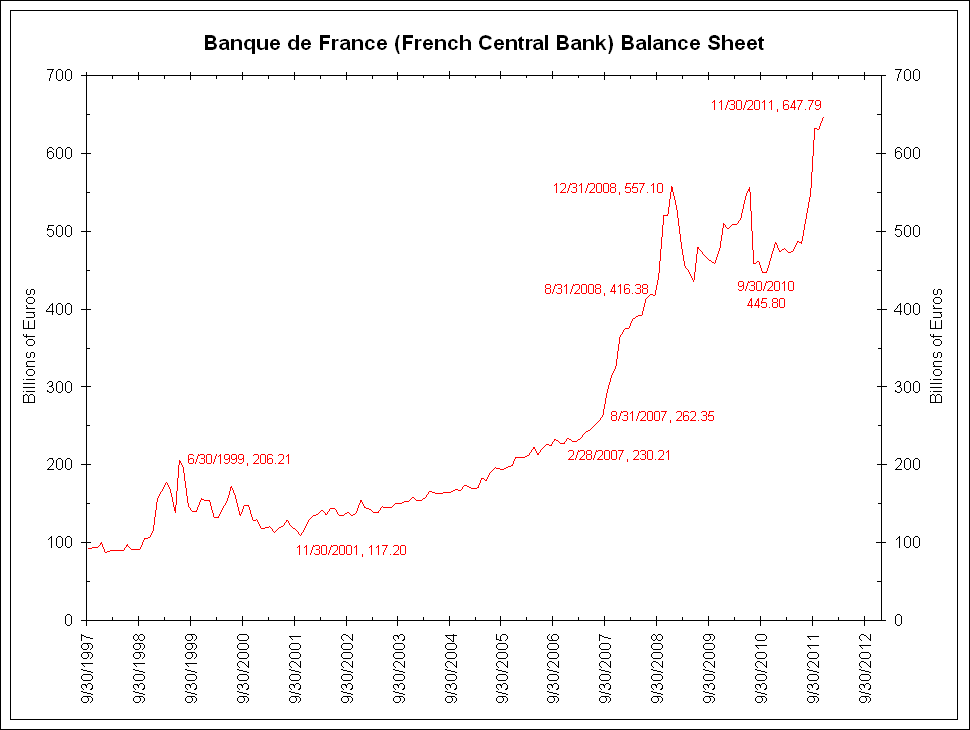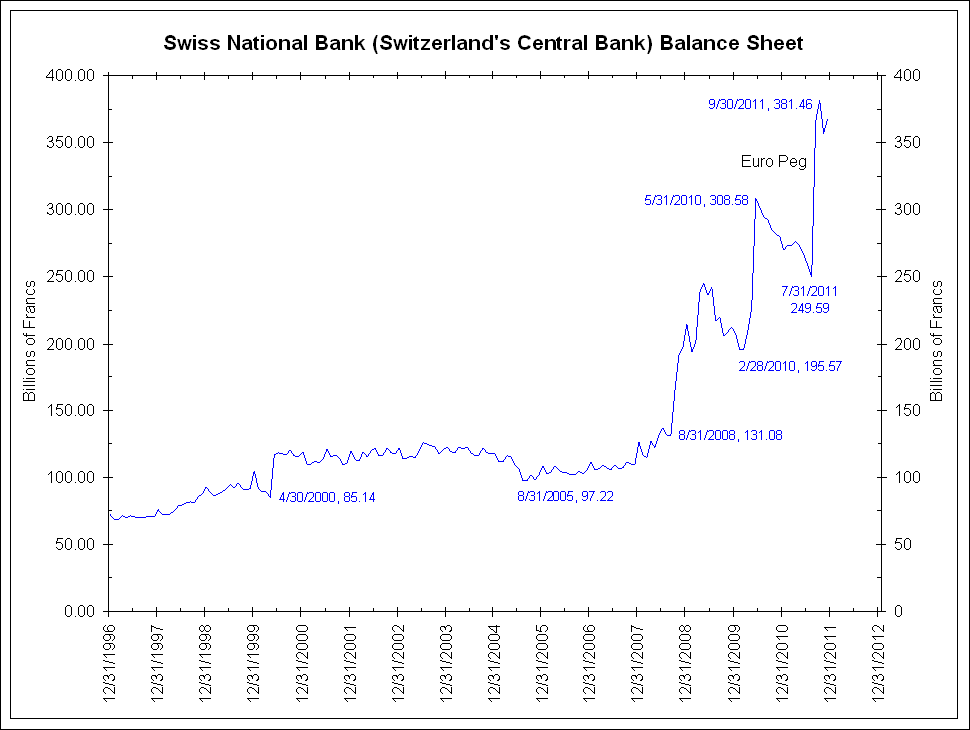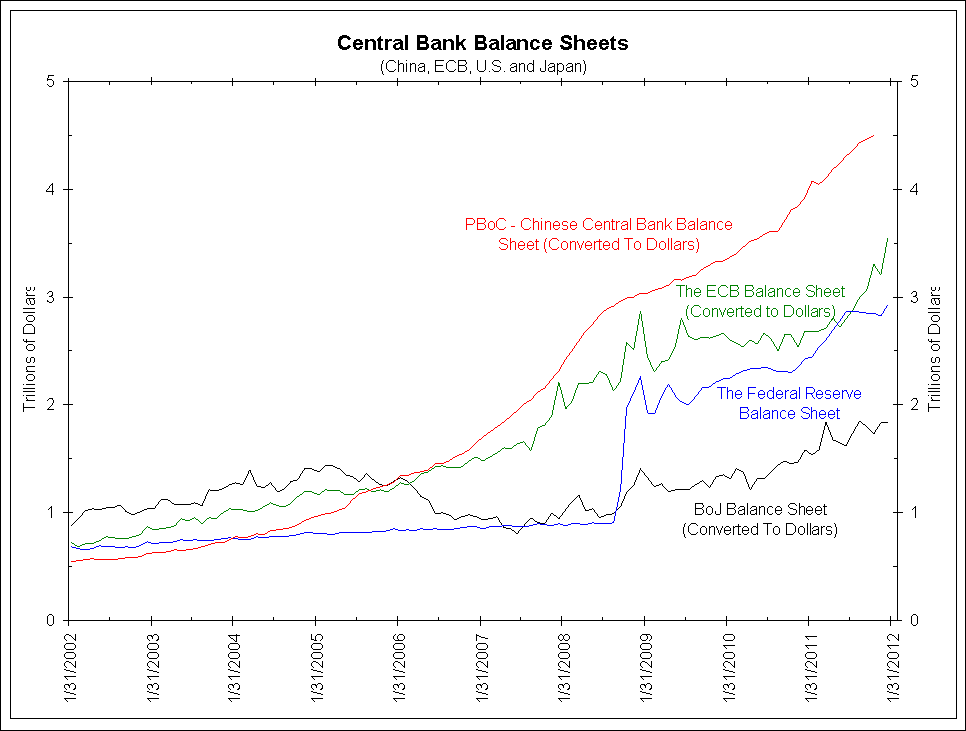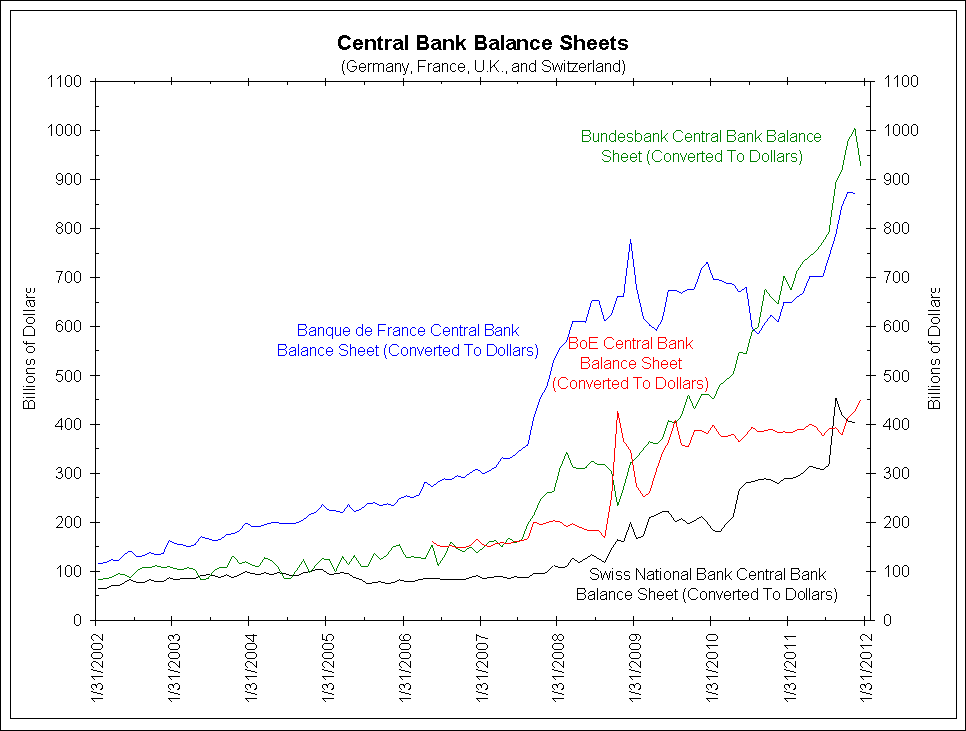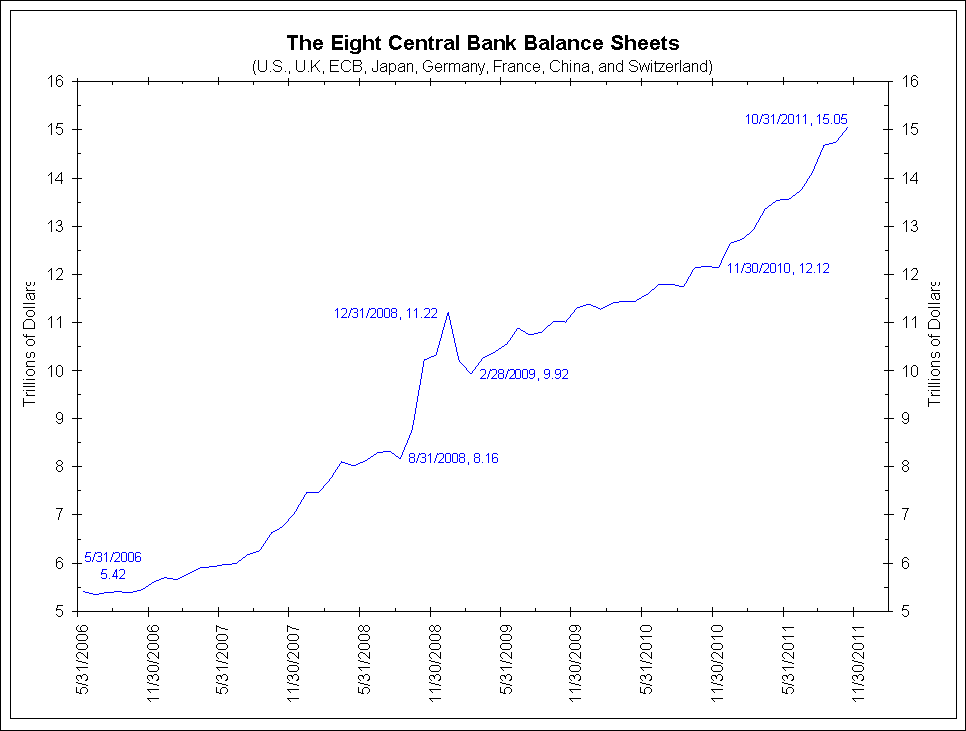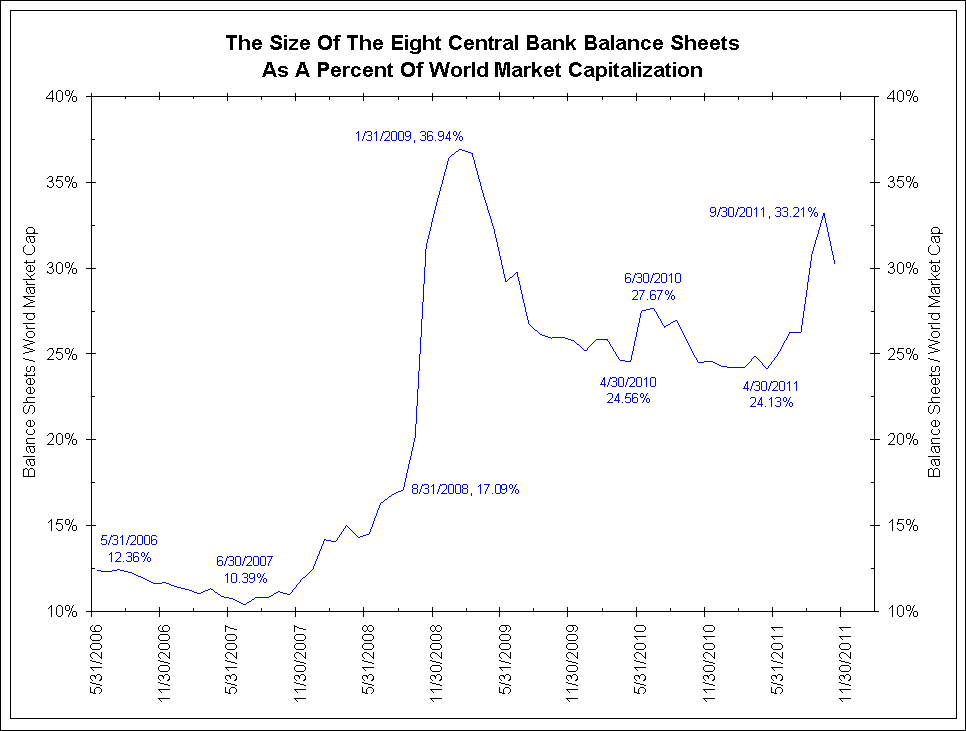
No modern-day investment "sage" is better known than Peter Lynch. Not only has his investment approach successfully passed the real-world performance test, but he strongly believes that individual investors have a distinct advantage over Wall Street and large money managers when using his approach. Individual investors, he feels, have more flexibility in following this basic approach because they are unencumbered by bureaucratic rules and short-term performance concerns.
Mr. Lynch developed his investment philosophy at Fidelity Management and Research, and gained his considerable fame managing Fidelity's Magellan Fund. The fund was among the highest-ranking stock funds throughout Mr. Lynch's tenure, which began in 1977 at the fund's launching, and ended in 1990, when Mr. Lynch retired.
Peter Lynch's approach is strictly bottom-up, with selection from among companies with which the investor is familiar, and then through fundamental analysis that emphasizes a thorough understanding of the company, its prospects, its competitive environment, and whether the stock can be purchased at a reasonable price. His basic strategy is detailed in his best-selling book "One Up on Wall Street" [Penguin Books paperback, 1989], which provides individual investors with numerous guidelines for adapting and implementing his approach. His most recent book, "Beating the Street" [Fireside/Simon & Schuster paperback, 1994], amplifies the theme of his first book, providing examples of his approach to specific companies and industries in which he has invested. These are the primary sources for this article.
The Philosophy: Invest in What You Know
Lynch is a "story" investor. That is, each stock selection is based on a well-grounded expectation concerning the firm's growth prospects. The expectations are derived from the company's "story"--what it is that the company is going to do, or what it is that is going to happen, to bring about the desired results.
The more familiar you are with a company, and the better you understand its business and competitive environment, the better your chances of finding a good "story" that will actually come true. For this reason, Lynch is a strong advocate of investing in companies with which one is familiar, or whose products or services are relatively easy to understand. Thus, Lynch says he would rather invest in "pantyhose rather than communications satellites," and "motel chains rather than fiber optics."
Lynch does not believe in restricting investments to any one type of stock. His "story" approach, in fact, suggests the opposite, with investments in firms with various reasons for favorable expectations. In general, however, he tends to favor small, moderately fast-growing companies that can be bought at a reasonable price.
Selection Process
Lynch's bottom-up approach means that prospective stocks must be picked one-by-one and then thoroughly investigated--there is no formula or screen that will produce a list of prospective "good stories." Instead, Lynch suggests that investors keep alert for possibilities based on their own experiences--for instance, within their own business or trade, or as consumers of products.
The next step is to familiarize yourself thoroughly with the company so that you can form reasonable expectations concerning the future. However, Lynch does not believe that investors can predict actual growth rates, and he is skeptical of analysts' earnings estimates.
Instead, he suggests that you examine the company's plans--how does it intend to increase its earnings, and how are those intentions actually being fulfilled? Lynch points out five ways in which a company can increase earnings: It can reduce costs; raise prices; expand into new markets; sell more in old markets; or revitalize, close, or sell a losing operation.
The company's plan to increase earnings and its ability to fulfill that plan are its "story," and the more familiar you are with the firm or industry, the better edge you have in evaluating the company's plan, abilities, and any potential pitfalls.
Categorizing a company, according to Lynch, can help you develop the "story" line, and thus come up with reasonable expectations. He suggests first categorizing a company by size. Large companies cannot be expected to grow as quickly as smaller companies.
Next, he suggests categorizing a company by "story" type, and he identifies six:
• Slow Growers: Large and aging companies expected to grow only slightly faster than the U.S. economy as a whole, but often paying large regular dividends. These are not among his favorites.
• Stalwarts: Large companies that are still able to grow, with annual earnings growth rates of around 10% to 12%; examples include Coca-Cola, Procter & Gamble, and Bristol-Myers. If purchased at a good price, Lynch says he expects good but not enormous returns--certainly no more than 50% in two years and possibly less. Lynch suggests rotating among the companies, selling when moderate gains are reached, and repeating the process with others that haven't yet appreciated. These firms also offer downside protection during recessions.
• Fast-Growers: Small, aggressive new firms with annual earnings growth of 20% to 25% a year. These do not have to be in fast-growing industries, and in fact Lynch prefers those that are not. Fast-growers are among Lynch's favorites, and he says that an investor's biggest gains will come from this type of stock. However, they also carry considerable risk.
• Cyclicals: Companies in which sales and profits tend to rise and fall in somewhat predictable patterns based on the economic cycle; examples include companies in the auto industry, airlines and steel. Lynch warns that these firms can be mistaken for stalwarts by inexperienced investors, but share prices of cyclicals can drop dramatically during hard times. Thus, timing is crucial when investing in these firms, and Lynch says that investors must learn to detect the early signs that business is starting to turn down.
• Turnarounds: Companies that have been battered down or depressed--Lynch calls these "no-growers"; his examples include Chrysler, Penn Central and General Public Utilities (owner of Three Mile Island). The stocks of successful turnarounds can move back up quickly, and Lynch points out that of all the categories, these upturns are least related to the general market.
• Asset opportunities: Companies that have assets that Wall Street analysts and others have overlooked. Lynch points to several general areas where asset plays can often be found--metals and oil, newspapers and TV stations, and patented drugs. However, finding these hidden assets requires a real working knowledge of the company that owns the assets, and Lynch points out that within this category, the "local" edge--your own knowledge and experience--can be used to greatest advantage.
Selection Criteria
Analysis is central to Lynch's approach. In examining a company, he is seeking to understand the firm's business and prospects, including any competitive advantages, and evaluate any potential pitfalls that may prevent the favorable "story" from occurring. In addition, an investor cannot make a profit if the story has a happy ending but the stock was purchased at a too-high price. For that reason, he also seeks to determine reasonable value.
Here are some of the key numbers Lynch suggests investors examine:
Year-by-year earnings: The historical record of earnings should be examined for stability and consistency. Stock prices cannot deviate long from the level of earnings, so the pattern of earnings growth will help reveal the stability and strength of the company. Ideally, earnings should move up consistently.
Earnings growth: The growth rate of earnings should fit with the firm's "story"--fast-growers should have higher growth rates than slow-growers. Extremely high levels of earnings growth rates are not sustainable, but continued high growth may be factored into the price. A high level of growth for a company and industry will attract a great deal of attention from both investors, who bid up the stock, and competitors, who provide a more difficult business environment.
The price-earnings ratio: The earnings potential of a company is a primary determinant of company value, but at times the market may get ahead of itself and overprice a stock. The price-earnings ratio helps you keep your perspective, by comparing the current price to most recently reported earnings. Stocks with good prospects should sell with higher price-earnings ratios than stocks with poor prospects.
The price-earnings ratio relative to its historical average: Studying the pattern of price-earnings ratios over a period of several years should reveal a level that is "normal" for the company. This should help you avoid buying into a stock if the price gets ahead of the earnings, or sends an early warning that it may be time to take some profits in a stock you own.
The price-earnings ratio relative to the industry average: Comparing a company's price-earnings ratio to the industry's may help reveal if the company is a bargain. At a minimum, it leads to questions as to why the company is priced differently--is it a poor performer in the industry, or is it just neglected?
The price-earnings ratio relative to its earnings growth rate: Companies with better prospects should sell with higher price-earnings ratios, but the ratio between the two can reveal bargains or overvaluations. A price-earnings ratio of half the level of historical earnings growth is considered attractive, while relative ratios above 2.0 are unattractive. For dividend-paying stocks, Lynch refines this measure by adding the dividend yield to the earnings growth [in other words, the price-earnings ratio divided by the sum of the earnings growth rate and dividend yield]. With this modified technique, ratios above 1.0 are considered poor, while ratios below 0.5 are considered attractive.
Ratio of debt to equity : How much debt is on the balance sheet? A strong balance sheet provides maneuvering room as the company expands or experiences trouble. Lynch is especially wary of bank debt, which can usually be called in by the bank on demand.
Net cash per share: Net cash per share is calculated by adding the level of cash and cash equivalents, subtracting long-term debt, and dividing the result by the number of shares outstanding. High levels provide a support for the stock price and indicate financial strength.
Dividends & payout ratio: Dividends are usually paid by the larger companies, and Lynch tends to prefer smaller growth firms. However, Lynch suggests that investors who prefer dividend-paying firms should seek firms with the ability to pay during recessions (indicated by a low percentage of earnings paid out as dividends), and companies that have a 20-year or 30-year record of regularly raising dividends.
Inventories: Are inventories piling up? This is a particularly important figure for cyclicals. Lynch notes that, for manufacturers or retailers, an inventory buildup is a bad sign, and a red flag is waving when inventories grow faster than sales. On the other hand, if a company is depressed, the first evidence of a turnaround is when inventories start to be depleted.
When evaluating companies, there are certain characteristics that Lynch finds particularly favorable. These include:
• The name is boring, the product or service is in a boring area, the company does something disagreeable or depressing, or there are rumors of something bad about the company--Lynch likes these kinds of firms because their ugly duckling nature tends to be reflected in the share price, so good bargains often turn up. Examples he mentions include: Service Corporation International (a funeral home operator--depressing); and Waste Management (a toxic waste clean-up firm--disagreeable).
• The company is a spin-off--Lynch says these often receive little attention from Wall Street, and he suggests that investors check them out several months later to see if insiders are buying.
• The fast-growing company is in a no-growth industry--Growth industries attract too much interest from investors (leading to high prices) and competitors.
• The company is a niche firm controlling a market segment or that would be difficult for a competitor to enter.
• The company produces a product that people tend to keep buying during good times and bad--such as drugs, soft drinks, and razor blades--More stable than companies whose product sales are less certain.
• The company is a user of technology--These companies can take advantage of technological advances, but don't tend to have the high valuations of firms directly producing technology, such as computer firms.
• There is a low percentage of shares held by institutions, and there is low analyst coverage--Bargains can be found among firms neglected by Wall Street.
• Insiders are buying shares--A positive sign that insiders feel particularly confident about the firm's prospects.
• The company is buying back shares--Buybacks become an issue once companies start to mature and have cash flow that exceeds their capital needs. Lynch prefers companies that buy their shares back over firms that choose to expand into unrelated businesses. The buyback will help to support the stock price and is usually performed when management feels share price is favorable.
Characteristics Lynch finds unfavorable are:
• Hot stocks in hot industries.
• Companies (particularly small firms) with big plans that have not yet been proven.
• Profitable companies engaged in diversifying acquisitions. Lynch terms these "diworseifications."
• Companies in which one customer accounts for 25% to 50% of their sales.
Portfolio Building and Monitoring
As portfolio manager of Magellan, Lynch held as many as 1,400 stocks at one time. Although he was successful in juggling this many stocks, he does point to significant problems of managing such a large number of stocks. Individual investors, of course, will get nowhere near that number, but he is wary of over-diversification just the same. There is no point in diversifying just for the sake of diversifying, he argues, particularly if it means less familiarity with the firms. Lynch says investors should own however many "exciting prospects" that they are able to uncover that pass all the tests of research. Lynch also suggests investing in several categories of stocks as a way of spreading the downside risk. On the other hand, Lynch warns against investment in a single stock.
Lynch is an advocate of maintaining a long-term commitment to the stock market. He does not favor market timing, and indeed feels that it is impossible to do so. But that doesn't necessarily mean investors should hold onto a single stock forever. Instead, Lynch says investors should review their holdings every few months, rechecking the company "story" to see if anything has changed either with the unfolding of the story or with the share price.
The key to knowing when to sell, he says, is knowing "why you bought it in the first place."
Lynch says investors should sell if:
• The story has played out as expected and this is reflected in the price; for instance, the price of a stalwart has gone up as much as could be expected.
• Something in the story fails to unfold as expected or the story changes, or fundamentals deteriorate; for instance, a cyclical's inventories start to build, or a smaller firm enters a new growth stage.
For Lynch, a price drop is an opportunity to buy more of a good prospect at cheaper prices. It is much harder, he says, to stick with a winning stock once the price goes up, particularly with fast-growers where the tendency is to sell too soon rather than too late. With these firms, he suggests holding on until it is clear the firm is entering a different growth stage.
Rather than simply selling a stock, Lynch suggests "rotation"--selling the company and replacing it with another company with a similar story, but better prospects. The rotation approach maintains the investor's long-term commitment to the stock market, and keeps the focus on fundamental value.
Summing It Up
Lynch offers a practical approach that can be adapted by many different types of investors, from those emphasizing fast growth to those who prefer more stable, dividend-producing investments. His strategy involves considerable hands-on research, but his books provide lots of practical advice on what to look for in an individual firm, and how to view the market as a whole.
Lynch sums up stock investing and his outlook best:
"Frequent follies notwithstanding, I continue to be optimistic about America, Americans, and investing in general. When you invest in stocks, you have to have a basic faith in human nature, in capitalism, in the country at large, and in future prosperity in general. So far, nothing's been strong enough to shake me out of it."



